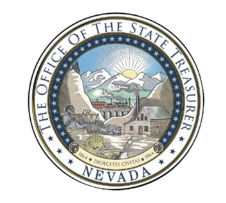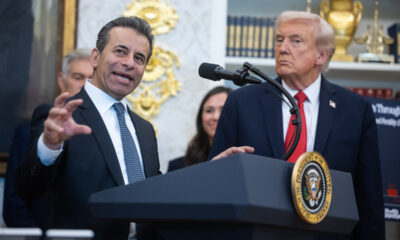Science
Startup Secures $60 Million to Develop Solar Radiation Management Technology

A geoengineering startup, Stardust Solutions, has successfully raised $60 million in a significant funding round aimed at developing technology that could potentially dim the Sun. This funding, reported by Heatmap News, marks the largest-ever fundraising effort for a company in the geoengineering sector. The investment comes from notable figures in Silicon Valley and an influential Italian industrial family.
The controversial concept of geoengineering involves injecting aerosol particles into the Earth’s atmosphere, typically from aircraft or weather balloons. The goal is to reflect some of the Sun’s rays back into space, thereby reducing global temperatures. Yanai Yedvab, CEO of Stardust Solutions and a former physicist with the Israeli government, acknowledged that while this method—known as “solar radiation management”—could help address climate change, it will not eliminate the risks associated with extreme weather events. “We’re not preventing them altogether,” he told Heatmap.
The significance of this funding round is amplified by the fact that Stardust Solutions is a private entity, unlike many other initiatives in this field that are often spearheaded by academic institutions or nonprofit organizations. Through the introduction of fine airborne chemicals, such as sulfate aerosols, scientists hope to mimic the cooling effects observed after major volcanic eruptions, which can lower global temperatures for extended periods.
Yedvab expressed concerns regarding sulfate aerosols, labeling them a “poor option” due to the existing level of atmospheric contamination and their potential to harm the ozone layer. Instead, he and his team are focused on creating a “scalable or realistic particle” that can be produced in large quantities at a relatively low cost, ideally with safety levels comparable to common substances like flour. The company is currently working on a proprietary particle and is pursuing a patent for its innovation.
Plans are underway to commence “controlled outdoor experiments” as early as April 2024, involving the release of particles from a modified aircraft flying at an altitude of approximately 11 miles. This ambitious endeavor has sparked significant skepticism among experts, particularly regarding governance and ethical considerations. Key questions remain about who will decide the locations for particle dispersal and how to manage the associated risks.
In a notable instance of public concern, city officials in Alameda, California, ordered researchers from the University of Washington to halt an unannounced experiment last year that sought to inject cloud-brightening particles into the atmosphere. Similarly, a geoengineering project led by Harvard University faced delays and public backlash, prompting its discontinuation.
Despite the excitement surrounding Stardust Solutions’ plans, not all experts are convinced. David Keith, a climate scientist at the University of Chicago, expressed doubt about the feasibility of developing an inert particle that surpasses sulfates in effectiveness. He cautioned that the startup’s ability to secure substantial funding does not guarantee a viable solution. Gernot Wagner, a climate economist at Columbia Business School, echoed this sentiment, suggesting that the likelihood of a government acquiring the startup and its intellectual property is low.
In response to the concerns about governance, Yedvab emphasized the importance of clear guiding principles for any deployment of geoengineering technology, stating that it would be conducted under the leadership of appropriate governmental authorities. As the climate crisis continues to escalate, the conversation around geoengineering remains both urgent and fraught with complexities that demand careful consideration.
-

 Health1 week ago
Health1 week agoRare Brain Condition Discovered More Common in New Mexico
-

 Politics1 week ago
Politics1 week agoPrince Andrew Steps Back from Royal Duties Following Epstein Memoir
-

 Entertainment1 week ago
Entertainment1 week agoTrump Commutes George Santos’ Sentence, Sparks Controversy
-

 Sports1 week ago
Sports1 week agoMLS Decision Day 2025: Playoff Spots on the Line as Teams Clash
-

 World1 week ago
World1 week agoYoung Driver Dies in Collision with Box Truck in El Cajon
-

 Politics1 week ago
Politics1 week agoNavy Veteran Max Quattromani Launches Campaign for Assessor Seat
-

 Lifestyle1 week ago
Lifestyle1 week agoKent Hamilton Named Southeastern Farmer of the Year at Expo
-

 Sports1 week ago
Sports1 week agoSaquon Barkley Reacts to James Franklin’s Dismissal from Penn State
-

 Health1 week ago
Health1 week agoRemembering Mary Ingleby: A Life of Love, Teaching, and Music
-

 Science1 week ago
Science1 week agoIdaho State University Launches Haunted Science Laboratory on Oct. 25
-

 World1 week ago
World1 week agoNevada Treasury Awards 2025 Kenny C. Guinn Memorial Scholarships
-

 Health1 week ago
Health1 week agoFDA Introduces First Nine Recipients of National Priority Vouchers









